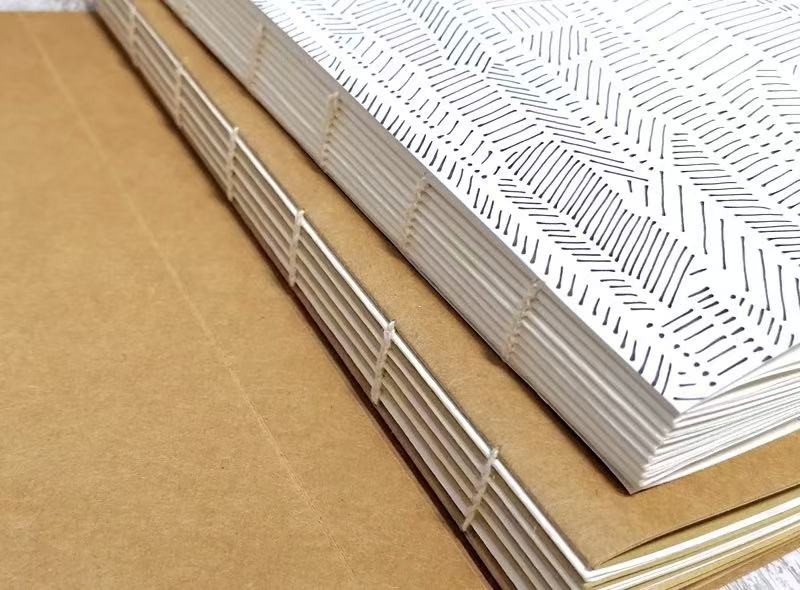What is Smyth Sewing
Smyth sewing (also called section sewing) stitches page groups (signatures) together with thread to create a strong book block. It can be use for both hardcover books and perfect-bound paperbacks, making them much more durable than glue-only binding. This method allows books to open flatter and withstand heavy use.
Where does the name “Smyth” come from?
“Smyth” comes from the Smyth Manufacturing Company, whose early automatic book-sewing machines popularized this sewing method. Because their machines were widely adopted, the technique became known industry-wide as “Smyth sewing.”
What’s the difference with glue-only binding?
Glue-only binding skips the stitching and just glues the pages at the spine, which is quicker and cheaper but less durable, can sometimes lead to pages falling out over time, and won’t open as flat. Smyth sewing requires a dedicated sewing machine and more production steps. Most books manufactured in the U.S. are done with glue-only binding.
How can I tell if a book is sewn or glue-only?
Look from the top or bottom edge near the spine. If you see small folded groups of pages (signatures) with visible stitching threads inside, it’s Smyth sewn. If the spine looks like one solid block of glued pages with no folds or threads, it’s glue-only.
Is Smyth sewing more expensive than glue-only binding?
Yes. Sewing the signatures adds steps and labor, which increases cost. However, it significantly improves durability and lifespan, so it’s a common choice for higher-end books, library editions, and titles expected to see heavy use. It also allows the book to lay flat, which is important for coffee table books.
Does Ken the Book Printer offer Smyth sewing?
Yes. In fact, about 95% of our book jobs are produced with Smyth sewing. Only a small percentage of our paperback jobs use glue-only binding, mainly for titles aimed at mass distribution.
Smyth Sewing Bookbinding Process — How Sewn Signatures Are Made
This video gives a behind-the-scenes look at the Smyth sewing process, where folded page groups (signatures) are stitched together on a dedicated sewing machine to build the book block before the cover is attached.

Freshly sewn book block — the folded page groups (signatures) have just been stitched together with thread, forming the book block before trimming and casing in.
